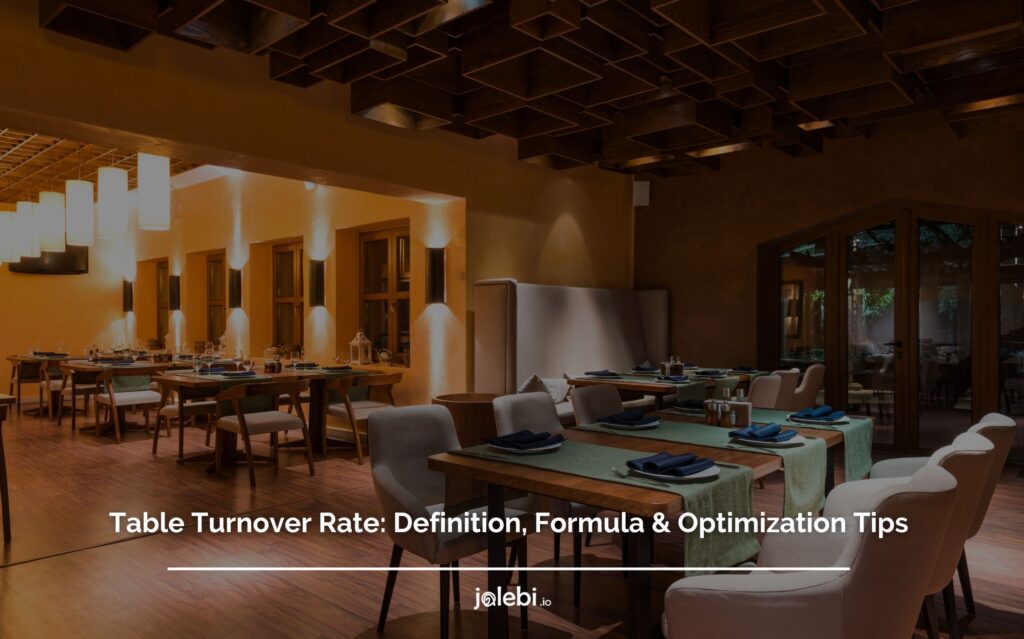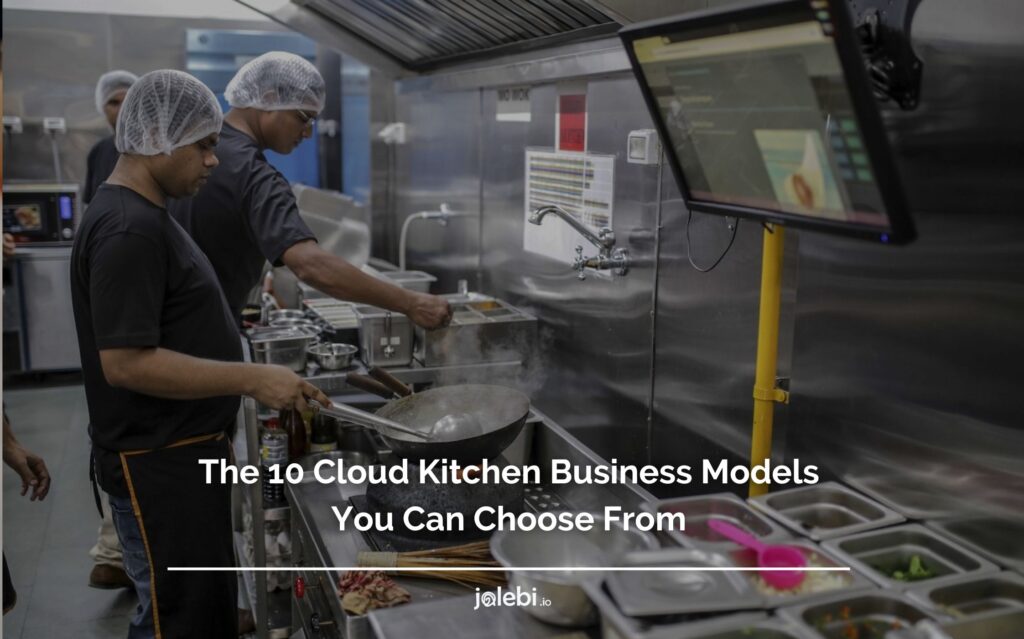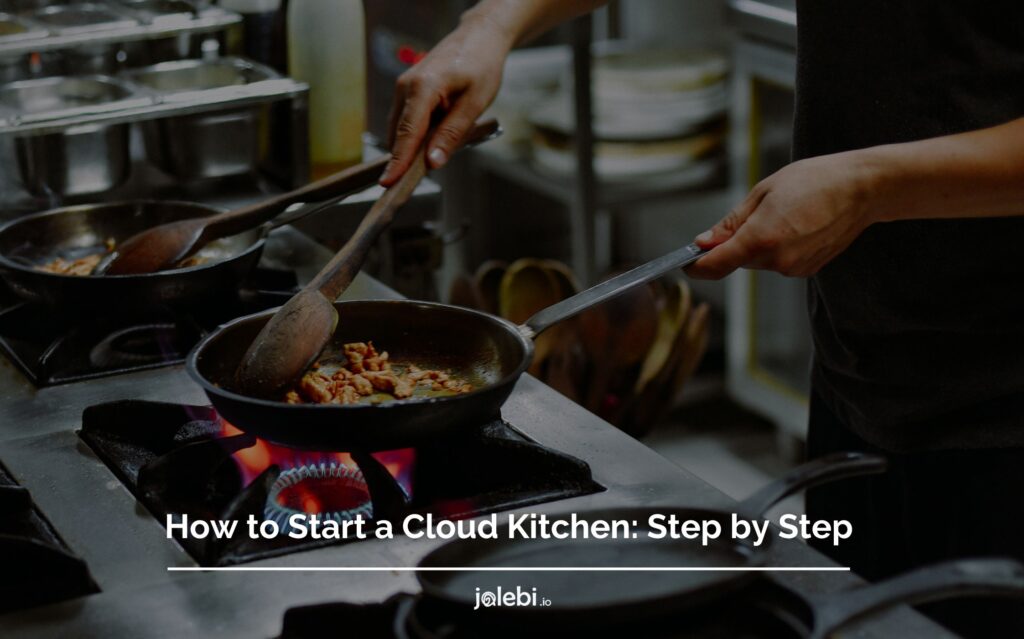Table of Contents
Did you know about 10% of food bought by restaurants ends up as waste? This fact highlights how crucial it is to master inventory in restaurants. Doing so helps cut down on waste and increase your profits.
Effective inventory management is not just a task to be done in the back office. It’s a vital strategy for the health of your business.
Part of it is restaurant inventory categorization, which is an efficient way to organize restaurant products. It ensures every item is properly used, including everything from foods that spoil quickly to non-food essentials.
Key Takeaways
- Understand the impact of structured inventory on reducing food waste and increasing profits.
- Learn how to categorize inventory efficiently using restaurant inventory categories to streamline operations.
- Discover the significance of restaurant product organization in maintaining stock levels and ensuring demand fulfillment.
- Explore various methodologies in inventory management for restaurants to enhance financial performance.
- Gain insights on restaurant storage classifications that facilitate better space utilization and management.
Understanding the Essentials of Restaurant Inventory Management
Mastering inventory management requires precise handling of different food inventory categories. This helps in ordering supplies wisely according to customer demand while reducing waste.
The perishable nature of many food items makes quick turnover crucial. This presents a challenge for food service places.
Effective inventory control tracks food from delivery to use or disposal. Many proactive restaurants use software to do this, which improved accuracy and financial oversight. It also helps in ordering automatically, which in turn avoids running out of stock and reduces food waste, and ultimately lead to operations being more sustainable and profitable.
| Food Inventory Category | Management Technique | Tools for Optimization |
| Perishables | High-frequency auditing and quick turnover | Inventory management software with alerts for restocking |
| Non-perishables | Bulk ordering and prolonged storage planning | Spreadsheets with usage projections and supplier schedules |
| High-risk items | Adopt the First Expire First Out (FEFO) protocol | Batch tracking features in software for detailed tracking |
Good inventory management is more than just software and spreadsheets. It also involves building a culture of accuracy. Regular checks, training staff, and keeping detailed records are key.
Optimize your restaurant’s inventory with jalebi Restaurant Operating System – Fill the form & we’ll contact you
The goal is to match your kitchen’s inventory flow with your restaurant’s demand perfectly.
The Crucial Role of Categorization in Kitchen Inventory
In your dining place, you must manage stock well. Grouping items into clear categories is key, not just a nice-to-have. It makes everything run smoother, saves you money, and keeps the kitchen in order. Categorization helps manage stock with both efficiency and accuracy.
- Food includes things that go bad, dry goods, and all related items. Consider breaking this down by shelf-life or use location, like meats, seafood, veggies, dairy, grains, and spices.
- Alcohol has its own category if you serve it. Because of laws and storage needs, it’s vital to keep alcohol tracked on its own.
- Non-food items group together kitchen tools, cleaning supplies, throw-aways, and décor. Breaking down non-food items by their use clears up confusion and makes reordering simpler.
Sticking to these stock categories makes tracking easier. It helps keep the perfect amount of stock, avoiding both waste and shortages. Placing and reviewing inventory groups helps guide your buying. It shows usage trends and helps lower food costs by pointing out where to cut waste.
Restaurant Inventory Categories
Diving into restaurant management calls for a tight grip on inventory categories. These groups cover all items needed to give top-notch service. You’ll find a variety covering food like quick-to-spoil perishables and long-lasting dry goods. But there’s more than just food. Things like sturdy cooking gear, fancy tablecloths, and staff outfits are also key. Keeping an eye on each category helps manage stock and ensure product freshness.
Let’s dig deeper into these categories:
- Perishables: This group includes fresh veggies, dairy, and meats. They go bad fast, needing quick restocking and smart stock rotation.
- Dry Goods & Non-Perishables: Items like pasta, rice, canned food, and spices last longer. They’re central to many dishes.
- Beverages: From fine wines to sodas and coffee, drinks have their own tracking needs, separate from foods.
- Liquor: Places serving alcohol need to closely monitor their beer, wine, and spirits, especially due to legal rules.
- Non-Food Items: A vast category including cookware to cleaning products, each needing different suppliers and storage.
Here is a table that shows typical restaurant supply categories:
| Category | Examples | Shelf-life | Storage Recommendations |
| Perishables | Fruits, vegetables, meat | Days to weeks | Refrigeration or freezing |
| Dry Goods | Flour, sugar, rice | Months to years | Cool, dry areas |
| Beverages | Sodas, teas, bottled water | Varies | According to label instructions; often room temperature |
| Liquor | Spirits, wine, beer | Varies | Secure storage, some requiring temperature control |
| Non-Food Essentials | Cooking utensils, linens | N/A | Organized shelving, protected from contaminants |
Splitting your restaurant inventory into clear categories can boost how things run. Following expert advice on organizing supplies helps balance stock, cuts down on waste, and keeps track of everything – from kitchen tools to wine openers.
Best Practices for Handling Perishable Goods
Handling perishable inventory right is key in restaurants, especially with the delicate types of food inventory. It’s important to have great practices for keeping your perishables safe and fresh. This helps keep your operations smooth and keeps your restaurant’s reputation for freshness and high quality.
- Check your inventory often to keep track of what you have. Look for spoilage and make sure products are stored right.
- Use the FEFO method to track perishables. This helps avoid wasting older stock and promotes sustainability.
- Have a dedicated team manage inventory. This makes tracking perishables consistent and reliable.
- Adjust your order amounts by looking at how quickly things sell. This helps you not have too much or too little stock.
To order the right amount of perishables, it’s smart to know how often things sell. Make a table showing perishable categories, how long they last, and when to reorder them:
| Food Inventory Category | Average Shelf Life | Recommended Turnover Period |
| Dairy Products | 1-3 weeks | 1 week |
| Fresh Produce | 3-7 days | 3-5 days |
| Meat & Poultry | 1-2 weeks | 3-7 days |
| Seafood | 1-3 days | 1-2 days |
| Prepared Foods | 3-5 days | 2-3 days |
These practices in managing perishables set a strong protocol. They keep quality high, lower waste, and align buying with what customers want. Knowing about food inventory categories is crucial. It helps make choices that are good for your business and keep your customers happy.
Maximizing Efficiency with Effective Inventory Management Software
As a restaurant operator, using effective inventory management software can change how you organize products. It makes the tough job of stocktaking easier and gives you reliable, useful data. This technology fits well with your current POS systems, improving how you plan orders and see future needs.
Stepping into better inventory efficiency might make you wonder what benefits this software has over old ways. We’ve put together a clear comparison to show how software can improve important areas of restaurant management:
| Feature | Manual Method | Inventory Management Software |
| Data Accuracy | Prone to human error | Precise data entry and analysis |
| Time Efficiency | Time-consuming counting and recording | Faster processing with real-time tracking |
| Order Forecasting | Based on experience and guesswork | Data-driven predictions aligned with sales |
| Replenishment Automation | Manual calculation and ordering | Automated stock level monitoring and reordering |
| Trend Analysis | Limited by data collection lags | Immediate insights into sales and waste patterns |
| Integration | Siloed from other systems | Seamless integration with POS and accounting systems |
Using this technology gives you a big chance to boost efficiency, reduce mistakes, and understand consumption better. With these tools, making smart buying choices becomes normal. This helps your place succeed. For any restaurant focused on managing products well, selecting the right software is key.
Practical Steps to Take Restaurant Inventory Accurately
Entering the world of inventory management, it’s crucial to know how to accurately count stock in your restaurant. It’s a blend of art and science. You must follow specific steps that simplify the process, ensuring no item is missed. These steps will help you keep a tight grip on your restaurant’s stock.
- Create a Categorized Inventory Table: Start by arranging your stock in an easy-to-manage way. Group items into categories like meats, dairy, produce, and beverages. This makes counting much easier.
- Record Items by Logical Units of Measurement: Use measurements like pounds, bottles, or each, depending on what fits best. Being consistent helps avoid mistakes in tracking.
- Note the Most Recent Unit Price: Write down the purchase price of each item. This helps you track price changes and plan your budget better.
- Calculate Total Costs: Multiply the number of units by the most recent unit price. This shows the total value of each inventory item.
- Establish Regular Cycle Counting Schedules: Cycle counting lets you inventory specific categories or items regularly. It’s faster and keeps your data up to date.
- Maintain a Food Waste Log: Record what gets thrown away to see waste patterns. This helps make better buying decisions and plan your menu.
Using these steps will equip you to manage your restaurant’s inventory with precision. Being consistent ensures reliable results. Good inventory methods keep your operations smooth and help your business’s profits.
Preventing waste through Proactive Restaurant Stock Categories Control
As a restaurant owner, you know how vital it is to track and organize your inventory. By managing your supplies well, you can avoid losses from spoilage and theft. Let’s look at why keeping a close eye on your stock is key to your success.
Vigilance is the foundation of good inventory control. Start with a full check of your stock. Every item, from prime meat to top-notch drinks, needs a close watch. Analyzing how fast items sell is essential. It helps set the perfect amount of stock—enough to meet needs but not so much that it spoils or fills up too much space.
Keeping your inventory organized is crucial. By not overstocking, you cut down on waste and save on storage costs. The goal is to balance having what you need without spending too much. Use these strategies to keep your supplies in check and your business profitable:
- Regularly check your stock to see what sells well and buy accordingly.
- Use a system to tell apart fast-selling items from those that sell slower.
- Look at past sales to guess how much stock you’ll need in the future.
A smart approach to managing your supplies safeguards against common issues like over or understocking. With a strong inventory system like jalebi, your kitchen runs smoothly, and you avoid losing money. Keep improving how you handle your stock. Every step you take now means less waste, theft, and costs later on.
Decoding KPIs: Staying On Top of Your Inventory Management
Understanding Key Performance Indicators (KPIs) is crucial for a restaurant’s inventory management. It’s key to keeping track of your restaurant’s health and efficiency. By paying attention to KPIs, you make choices that boost profits and avoid food waste.
In managing a restaurant’s inventory, certain KPIs are especially revealing. The total cost of goods sold (COGS), for instance, shows how your inventory matches your sales. Knowing about COGS can help you buy smarter. This way, you cut costs without dropping food quality. To understand inventory KPIs better, here’s a table with important ones:
| KPI | Description | Relevance to Inventory Management |
| Cost of Goods Sold (COGS) | The total cost of all ingredients and items sold to customers. | Shows if you’re buying stock efficiently and pricing menu items right. |
| Inventory Turnover Ratio | A measure of how often inventory is sold or used. | Helps in keeping the right amount of stock, avoiding too much or too little. |
| Gross Profit Margin | The difference between revenue and COGS, as a percent of revenue. | Offers insight into if your pricing strategy covers costs well. |
| Food Waste Percentage | The portion of inventory wasted compared to what is used. | Helps improve food storage and usage. |
| Vendor Performance | Evaluation of supplier reliability, pricing, and quality. | Helps pick and negotiate with the best vendors for your needs. |
Monitoring these KPIs doesn’t just mean following numbers. You get insights leading to changes, like adjusting menus or updating prices. These measures guide better inventory control and show how operations affect your restaurant’s success.
Each KPI’s importance can differ based on your specific situation and goals. Ensure your inventory system can track these metrics well. This lets you maintain your success and continue giving top service to your customers.
Strategies for Organizing and Storing Inventory for Optimal Accessibility
Effective restaurant product organization is key to a restaurant running smoothly. The best strategies give quick access to what’s needed, making everyone more productive and improving service. A well-setup inventory under the right restaurant storage classifications makes things easier to find. This helps staff feel less stressed.
To organize your inventory well, start with clear, easy labels and storage systems that everyone gets. Keeping items in a standardized way makes sure they’re in the right spot. This helps staff find things fast, which is super important when the restaurant is busy.
- Assess Your Space: Look at what storage space you have and decide the best spots for everything.
- Prioritize Placement: Keep things you use a lot in places that are easy to reach. This way, you can grab what you need fast.
- Implement Shelving Techniques: Use shelves that fit different product sizes. Adjustable shelves are great for changing inventory needs.
- Maximize Vertical Space: Use stackable storage to save space, which is great for small kitchens.
- Maintain Consistency: Try to keep your storage layout the same. This makes it easier for everyone to know where things are, even new employees.
Also, don’t forget about spaces you’re not using much. You can turn these into extra storage. For example, hanging racks can save space for things like utensils or pans. It’s good to plan for storage that can grow with you, making updates easier later on.
Adding inventory management software can help too. It keeps track of stock levels and reduces mistakes. Plus, having a physical organization system makes this info easy to use in real life.
A neatly organized inventory, with clear restaurant storage classifications, makes your operation smoother. It means less time spent managing inventory and more time for your guests. So, a good restaurant product organization system helps your guests have a great time and can make your restaurant more successful.
Leveraging Technology: Manage Your Restaurant’s Inventory with jalebi
jalebi.io is proudly the best inventory management software in the market in 2024.
To reduce the cost of serving each order, jalebi.io is an inventory-first restaurant stock management software designed with restaurant owners in mind.
Streamline Your Inventory Tracking
jalebi simplifies the process of inventory tracking by providing a centralized platform where you can monitor your stock levels in real-time.
With just a few clicks, you can access comprehensive data on your inventory, including quantities, locations, and expiration dates. This visibility allows you to make informed decisions about purchasing, menu planning, and stock rotation.
Read more: What Does MP Mean in Restaurant Industry?
Automated Stock Alerts
Say goodbye to the headaches of manually monitoring inventory levels. Jalebi offers an automated stock alert feature that notifies you when stock levels reach a specified minimum.
This ensures that you never run out of essential items and can restock them promptly. No more last-minute rushes or disappointed customers.
Efficient Reordering Process
jalebi streamlines the reordering process by providing you with accurate data on consumption patterns, historical sales, and supplier information.
With this information at your fingertips, you can create optimized purchase orders, negotiate better prices with suppliers, and maintain optimal stock levels without excessive overstocking.
Forecasting and Demand Planning
With jalebi’s advanced analytics capabilities, you can analyze historical data and forecast future demand with accuracy.
It helps you anticipate fluctuations in demand, plan for seasonal variations, and optimize your inventory accordingly.
Real-Time Reporting and Insights
jalebi provides comprehensive reporting tools that offer valuable insights into your inventory performance.
From tracking inventory turnover rates to identifying slow-moving items, you can make data-driven decisions to optimize your inventory management.
Visual dashboards and customizable reports allow you to monitor key metrics and identify areas for improvement.
Now that you know how to track inventory for your restaurant with jalebi, partner with us today to streamline your inventory management process!
Fill the form & we’ll contact you soon!
Read more:











